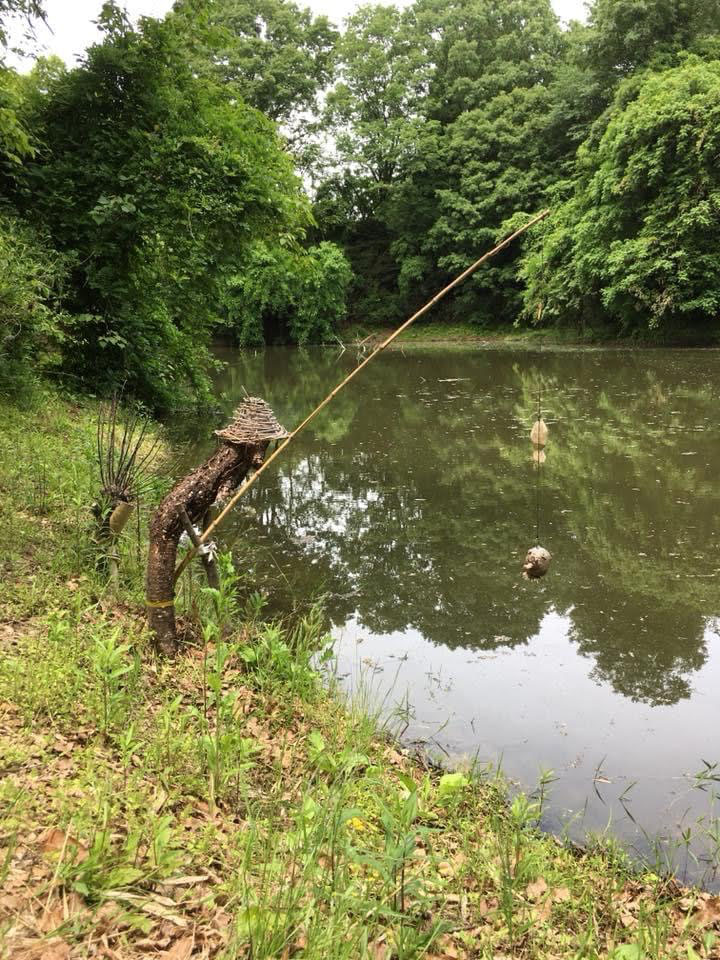
One of Yosa Buson’s famous haiku is “Kappa’s love inn and summer moon.” Kappa is usually read as kappa, as Ryunosuke Akutagawa says. If you read Buson’s first phrase as kappa, it will be quite insufficient syllables. In Kansai, it is written as 河童 and also read as “kawataro”, but if you read it like this, the first phrase will be the five sounds as usual. Kappa is a representative youkai of Japan, and is a variation of “Kawawappa”, which is a combination of “Kawa (river)” and “Wappa”, which is a variation of “Waraha (child)”. “Kappa” is a dialect around Edo and was also called Kawataro. Kappa has been handed down almost all over Japan, and its name and shape vary from region to region, but Ryunosuke Akutagawa’s novel “Kappa” has made it more popular, and “Kappa” has become a representative name. Kappa are imaginary animals, amphibious, about the size of a four- or five-year-old child, with sharp mouths, shells and scales on their backs, and webs on their limbs. The head has a dent called a dish, which contains a small amount of water, and while the water is there, it is strong even on land, but when the water runs out, it dies. Various kappa are drawn in the paintings, and they are handed down with familiarity to both children and adults.
与謝蕪村の有名な俳句に「河童の恋する宿や夏の月」というのがあります。河童は、芥川龍之介がいう様にkappaと読むのが普通です。蕪村の初句をkappaと読めばかなり字足らずと言うことになります。関西では河童と書いて「かわたろ」とも読みますが、こう読めば初句は決まり通り五音になります。河童は日本の代表的な妖怪で、「かわ(川)」に「わらは(童)」の変化形「わっぱ」が複合した「かわわっぱ」が変化したものです。「カッパ」は江戸周辺の一方言で、河太郎(かわたろう)とも言いました。河童はほぼ日本全国で伝承され、その呼び名や形状も各地方によって異なりますが、芥川龍之介の小説『河童』によって知名度が上がり、「カッパ」が代表的な呼び名となりました。河童は想像上の動物で水陸両棲、四、五歳の子どもくらいの大きさをし、口先がとがり、背には甲羅や鱗があり、手足には水かきがあります。頭には皿と呼ばれる少量の水のはいっているくぼみがあり、その水があるうちは陸上でも力が強いのですが、水がなくなると死にます。絵画にも様々な河童が描かれ、子供にも大人にも親しみを込めて語り継がれています。
